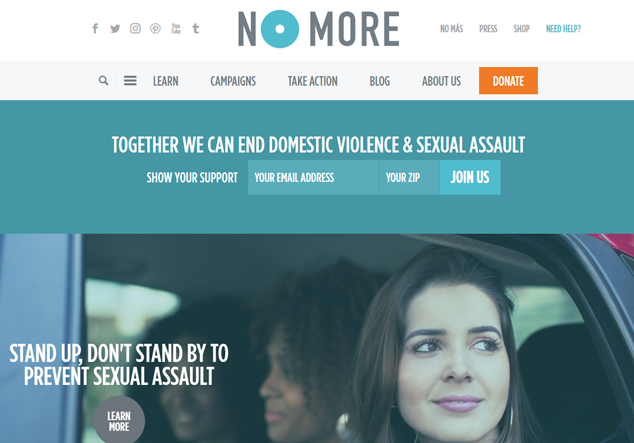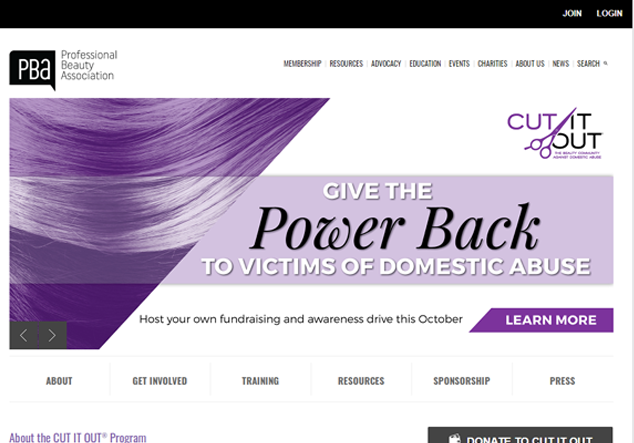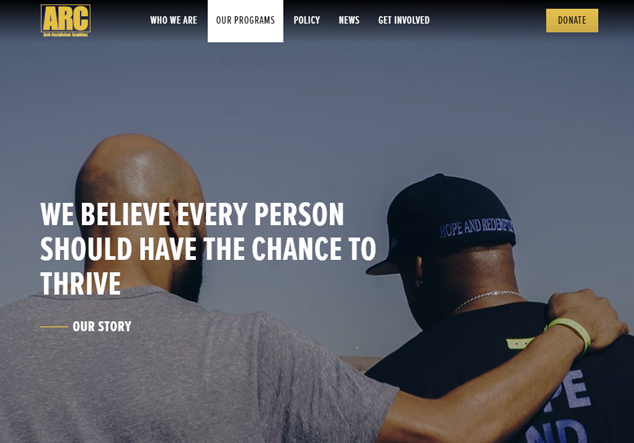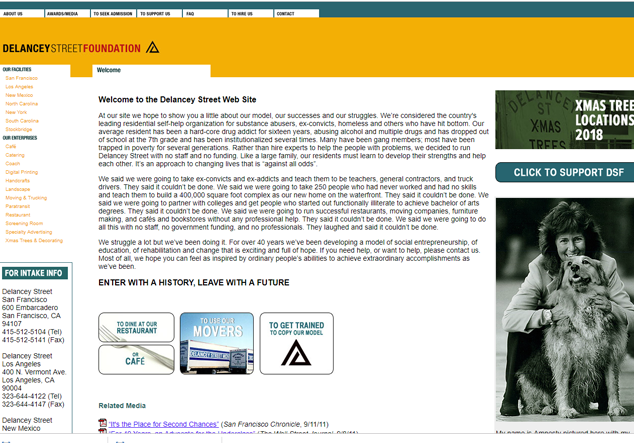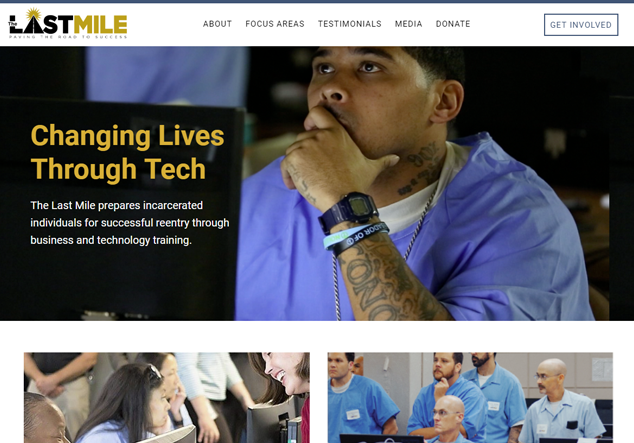Why This Strategy Matters
About 5,000 people reported intimate partner violence in the region in 2017 (NYS Division of Criminal Justice Services). These victims often times feel stuck in their situations because the repercussions for their abusers are too often not severe, leaving them at risk of further abuse. Victims often worry that if they were to leave their partner, it would threaten their own safety or the safety of their children. Some leave but return to an abusive situation because they do not have the means to support themselves and their children financially. Taking measures to separate and protect victims from their abusers, and ensure they have opportunities to be economically secure, can make victims feel more comfortable in seeking help and limit further incidents of intimate partner violence.


